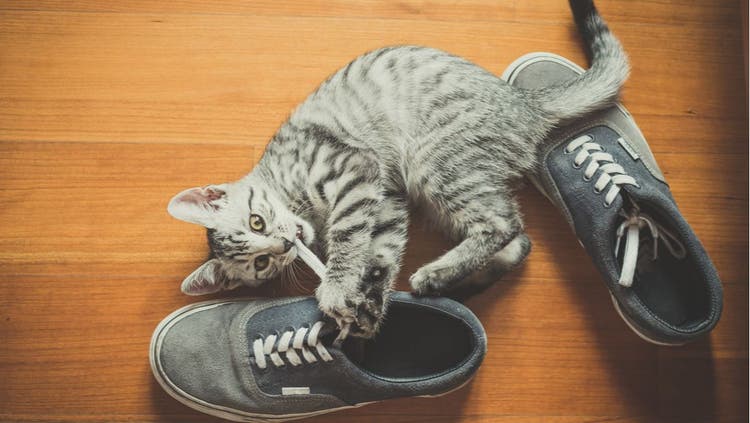
Diagnosis and Treatment of a Stroke in Cats
The onset of stroke symptoms in cats can be extremely sudden and recognizable, but determining the underlying disease or cause of a stroke requires sufficient diagnostic testing, since less severe conditions like ear infections and vestibular disease (similar to vertigo in people) can present themselves in a similar fashion.
Diagnosis of Stroke in Cats
Your veterinarian will base their diagnosis on your cat’s medical history and the length of time since the initial presentation of symptoms. The battery of tests conducted are an attempt to eliminate ailments other than stroke that may be responsible for your cat’s behavior, and will often expand beyond blood tests into advanced imaging/MRI and collection of a sample of cerebral spinal fluid (CSF tap).
Required tests for your cat may include:
- Neurological examination, including inspection of the inner ear
- Evaluation of blood sugar and organ function (including kidney, liver function)
- Toxicology examination
- Urinalysis to evaluate kidney function
- Blood pressure testing
- X-rays (radiographs) of chest to evaluate heart/lungs
Treatment of Stroke in Cats
Though the 24 hours following a stroke can be extremely hard on your pet, symptoms may stop progressing at that point, and treatment will help to manage symptoms caused by underlying conditions and increase the potential for recovery.
The following treatments are common for stroke in cats:
- Medication for the treatment of high blood pressure and heart disease, if present
- Treatment to prevent further development of blood clots (thrombosis)
- Pain medication
- Fluid therapy for the treatment of dehydration (only if heart disease is not suspected as the underlying cause)
- Physical therapy for the treatment of impaired motion
- Nursing care to provide assistance with eye lubrication, rotation (for physical immobile felines), and bowel movements
- Encouragement of eating and consuming appropriate amount of calories
Treatment is largely dependent on the underlying cause of the stroke and, despite the best efforts of modern medicine, brain damage caused by a stroke may be irreparable. The best case scenario for your cat is that you note behavioral changes quickly and seek medical attention immediately.